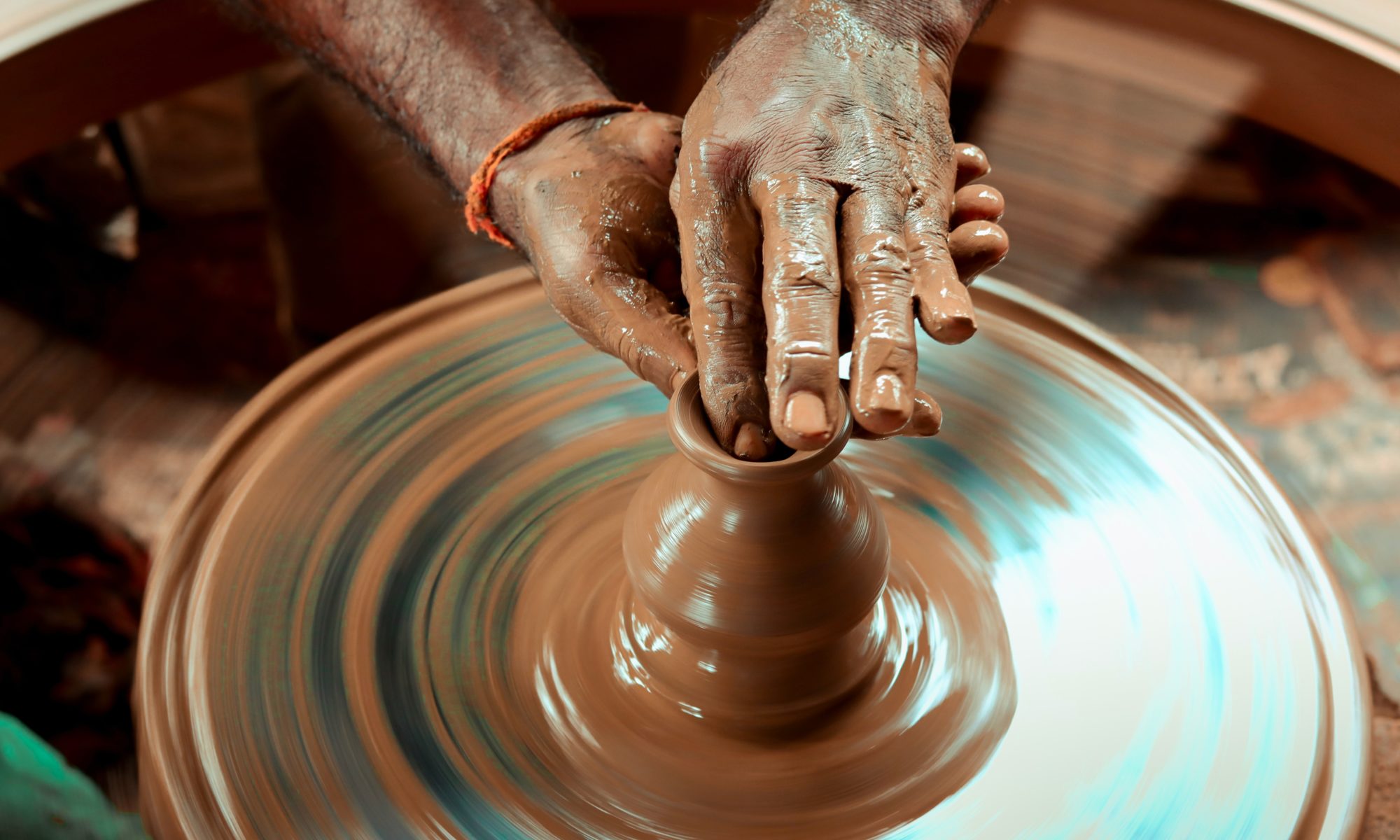In an age dominated by technology and mass production, a noticeable cultural shift puts traditional crafts revival in the spotlight. The revival of age-old techniques is not merely a nod to the past but a celebration of craftsmanship and creativity. This blog explores the resurgence of traditional crafts revival, focusing on how contemporary artists are infusing modern twists into practices like pottery, weaving, and calligraphy.
1. A Return to Skillful Handcrafting
The traditional crafts revival in the modern era speaks to the lasting charm of skillful handcrafting. As technological advancements accelerate, there’s a growing appreciation for the uniqueness and quality of handmade items. This shift mirrors the original Arts and Crafts Movement of the 19th century, which advocated a return to traditional craftsmanship during the Industrial Revolution. Now, with the aid of the internet, artists and consumers can embrace high-quality craftsmanship through online platforms, where unique, handcrafted items from independent retailers, crafters, and artists are easily accessible. This has enabled contemporary artists and designers to sustain their craft, a feat that might have been challenging without the Internet.
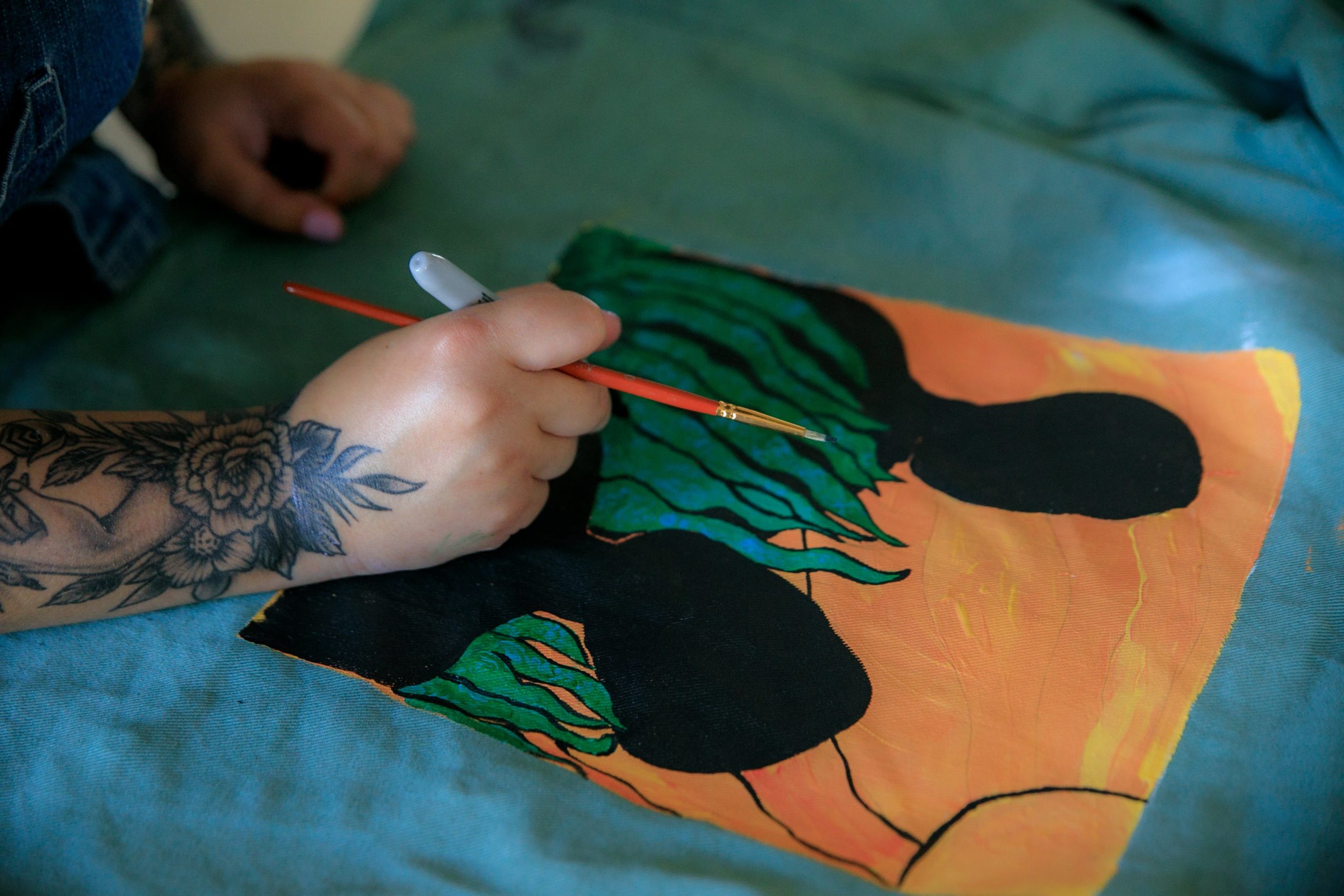
The Information Age has further bolstered this traditional crafts revival, offering creatives a platform to thrive, share ideas, and learn new skills. Online communities and classes allow artists and crafters to spread their love of traditional craft, fostering a shared knowledge base and a collective appreciation of artisanal skills.
Countering the trend of mass consumerism and uniform products, communities of craftspeople are actively working to create unique, handcrafted ceramics, textiles, and furniture. While valuing the traditional crafts of the past, many artisans incorporate a modern twist into their creations, pushing the boundaries of these age-old arts and ensuring their relevance and appeal in the contemporary world.
This traditional crafts revival preserves important cultural heritage, provides economic sustainability, and empowers local communities. The beauty and authenticity of handcrafted items carry a story and a personal touch that mass-produced goods often lack, offering consumers a meaningful and sustainable alternative.
2. Contemporary Artisans Blending the Old and the New
Artists blending traditional techniques with modern aesthetics are at the heart of this traditional crafts revival. In contemporary pottery, they are redefining the age-old medium, preserving its customary look and feel while infusing it with innovative approaches and unconventional aesthetics.
These artists embody the modern renaissance of pottery, where traditional forms meet contemporary design sensibilities, ensuring the art form’s relevance and appeal to a new generation of art enthusiasts and collectors. Their works showcase the adaptability and variety of clay, from sculptures that replicate various materials to pieces that highlight essential causes. Notable ceramicists contributing to this traditional crafts revival include:
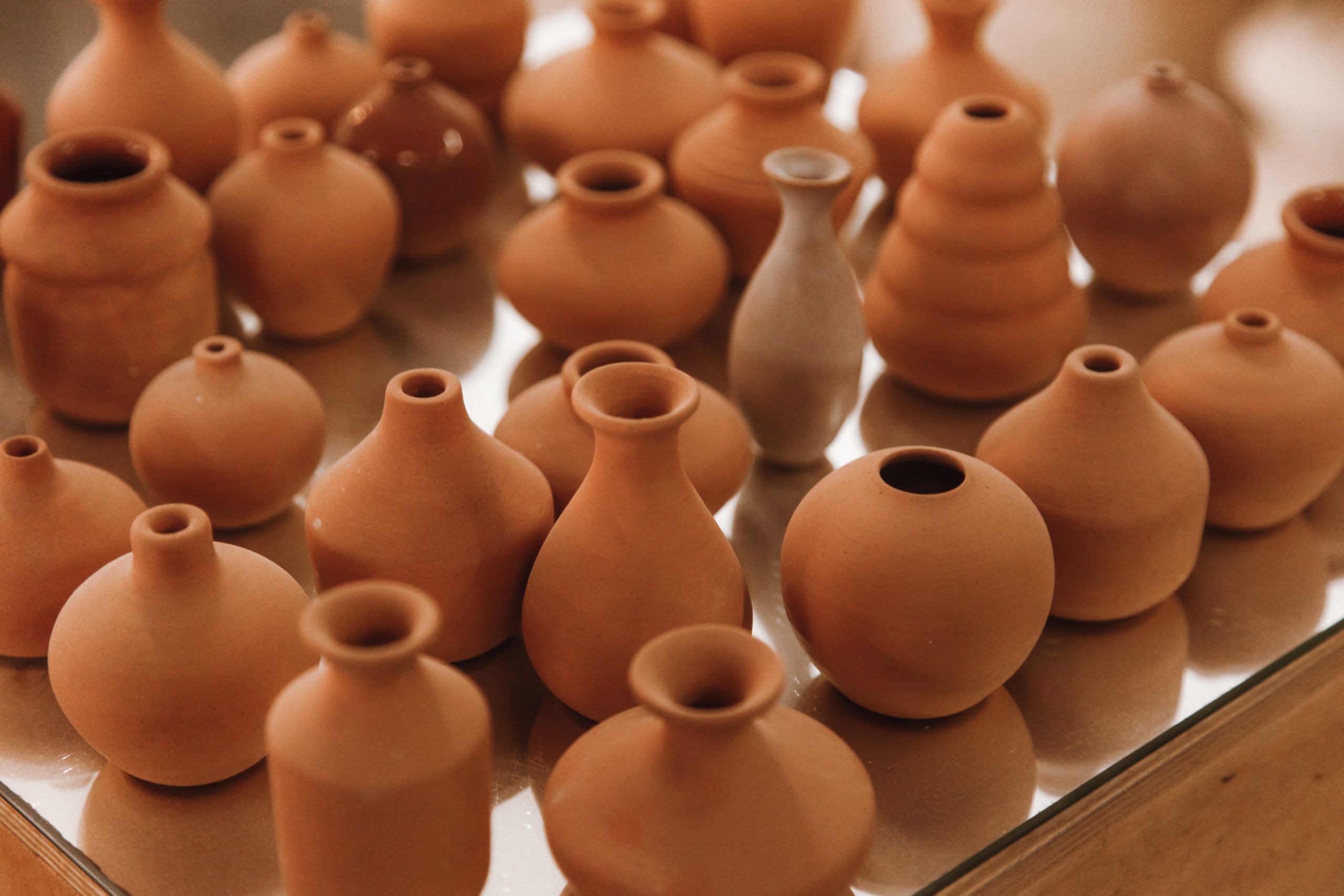
- Christopher David White: Known for his surreal sculptures that appear made of wood but are actually crafted from clay, White explores the relationship between nature, man, and impermanence through his hyper-realistic creations.
- Charlotte Mary Pack: This ceramicist creates wheel-thrown pieces that double as tributes to endangered species. Each pastel-coloured vessel is topped with a handcrafted model of a threatened animal.
- Zemer Peled: Peled produces intricate sculptures reminiscent of beautiful blooms composed of sharp ceramic shards, exploring the beauty and brutality of the natural world.
- Brett Kern: He makes playful Pop Art sculptures inspired by inflatable toys. These sculptures, complete with shiny surfaces, seams, and meticulously crafted creases, serve as time capsules.
- Livia Marin: In her series Nomad Patterns, Marin skillfully combines traditional paintings with teapots, cups, and bowls, giving them the illusion of melting into patterned puddles. This unique approach challenges the viewer’s perception of ordinary objects, inviting them to see everyday items in a new and imaginative light.
- Lei Xue: Inspired by Ming Dynasty porcelain, Lei’s collections feature contemporary pieces resembling crumpled cans, challenging traditional Chinese aesthetics.
- Johnson Tsang: Tsang’s surreal sculptures play with portraiture and reality, using realist techniques accompanied by surrealist imagination.
- Don Moyer: Moyer, known for his ‘Calamityware’ series, incorporates sci-fi-inspired details into ceramic plates adorned with traditional Chinese blue and white ornamentation, giving them a contemporary twist.
- Yee Sookyoung: Inspired by the ancient Kintsugi craft, Yee repurposes discarded ceramic fragments into experimental art, joining the mismatched pieceswith 24k gold.
- Tim Kowalczyk: Kowalczyk finds beauty in unexpected objects, crafting ceramic pieces that emulate unconventional materials like cardboard and tin cans.
- Jon Almeda: Jon creates miniature ceramic vases, gourds, and bowls, showcasing incredible attention to detail in each tiny clay creation.
3. Weaving Narratives of Tradition
Weaving is another focal point of the traditional crafts revival. It is deeply ingrained in cultural histories worldwide. Modern weavers are reimagining traditional patterns and materials, experimenting with textures and colours to create visually stunning and meaningful pieces.
These contemporary weavers bridge the gap between heritage and innovation, using their art to highlight cultural significance while appealing to modern sensibilities. This fusion ensures that weaving remains integral to the ongoing traditional crafts revival.

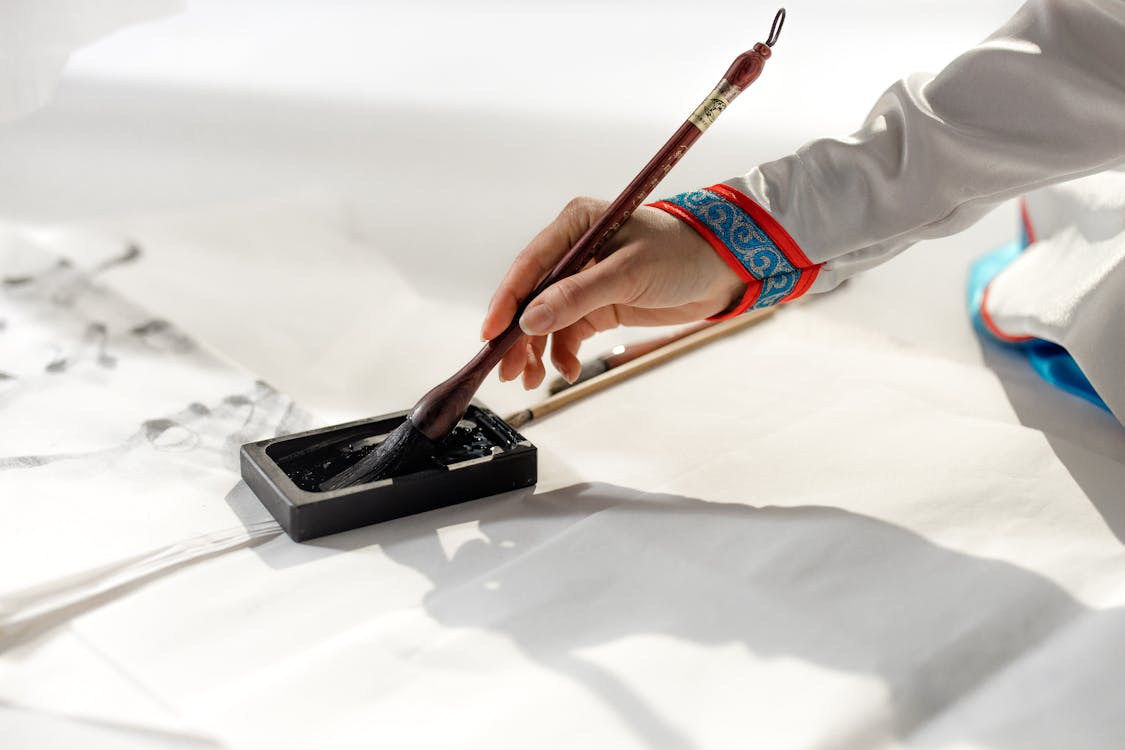
4. Calligraphy in the Digital Age
In an age of digital communication, calligraphy stands out as a testament to the beauty of handwritten expression. Contemporary calligraphers are reinventing scripts and styles, merging the elegance of traditional calligraphy with modern themes. Artists showcase this fusion by crafting calligraphy artworks that bridge the past and present, resonating with today’s audience.
5. Preserving Heritage Through Art
Beyond aesthetics, the revival of traditional crafts serves as a means of cultural preservation. Artists and craftspeople are becoming custodians of heritage, ensuring that age-old techniques are not lost but evolve to reflect the spirit of our times.
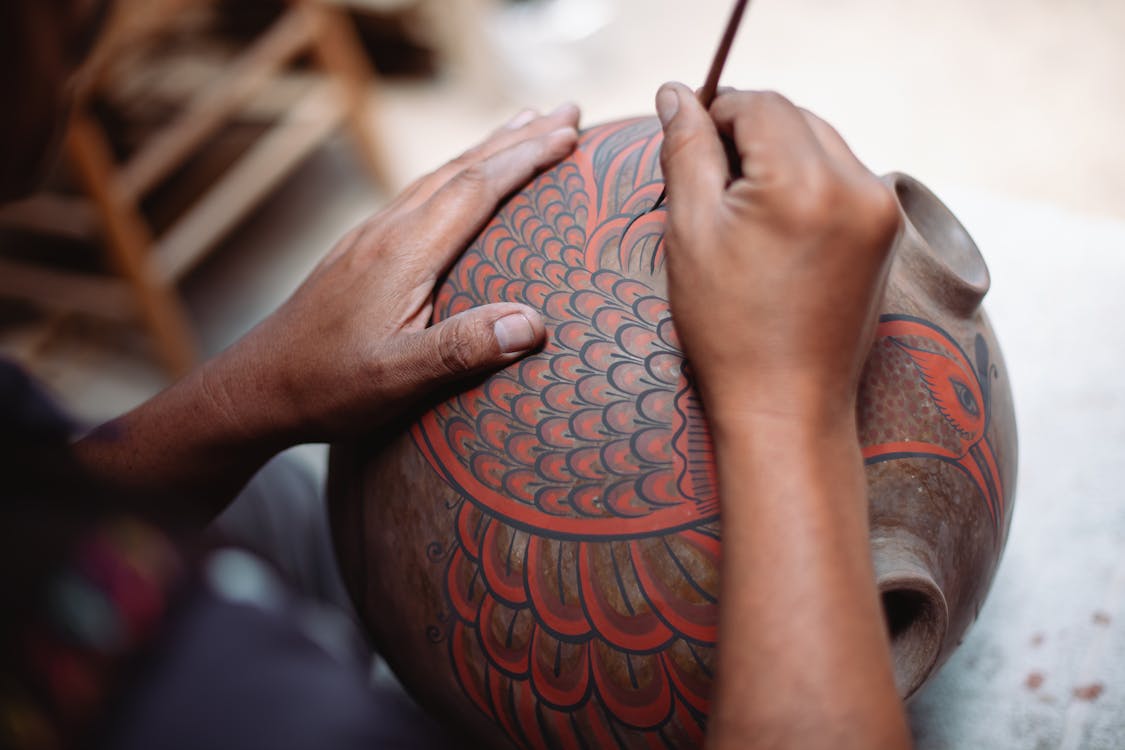
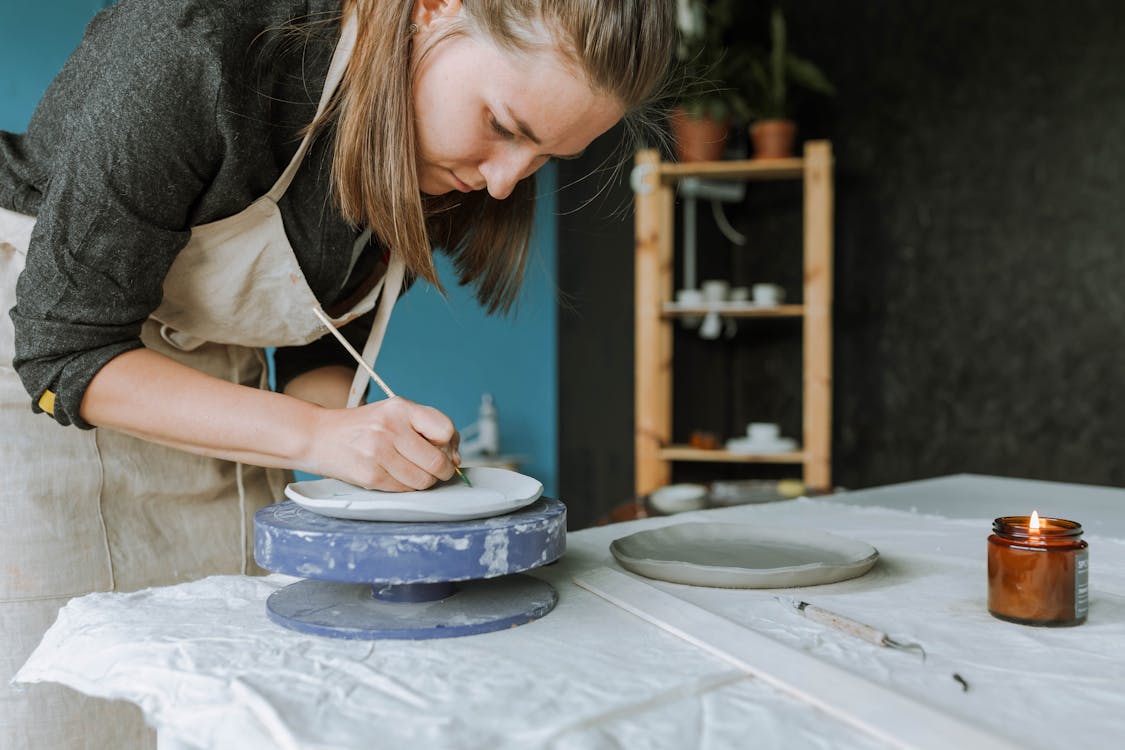
6. A Call to Rediscover
The resurgence of traditional crafts is a call to rediscover the beauty in slow, deliberate craftsmanship. It invites us to appreciate the stories woven into every thread, the history shaped by every stroke of the potter’s wheel, and the timeless elegance of handwritten words.
Conclusion
Revising traditional crafts with a modern twist represents a harmonious blend of heritage and innovation. As artists continue to breathe new life into age-old techniques, we witness the transformation of crafts into modern works of art that resonate with a new generation of art enthusiasts. Through this revival, we celebrate cultural heritage and pave the way for a future where craftsmanship is valued, cherished, and perpetually reinvented.

